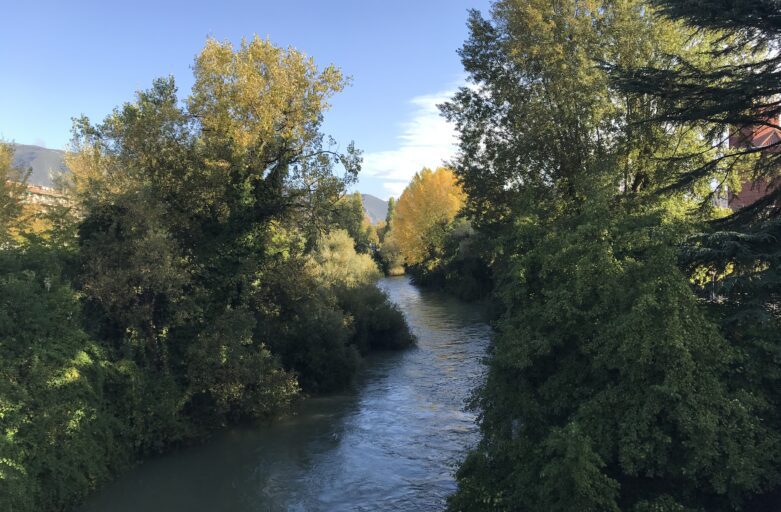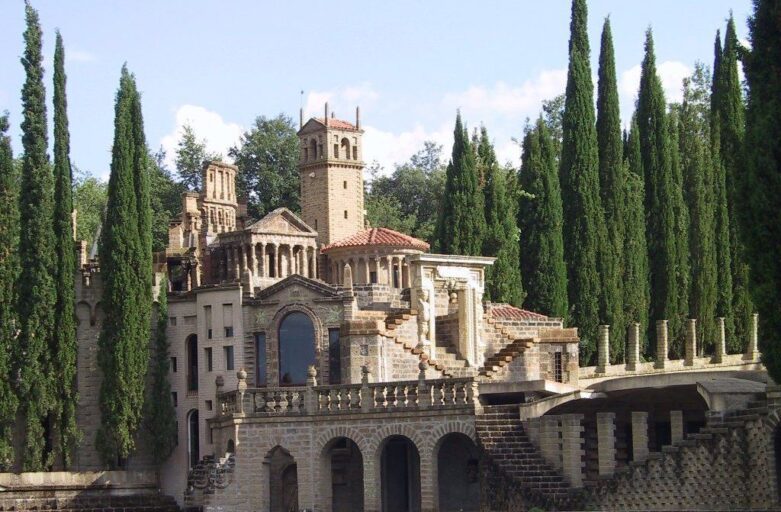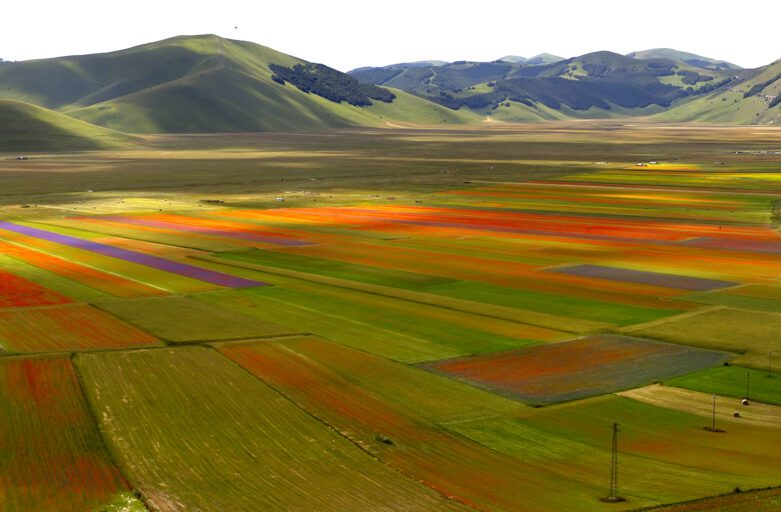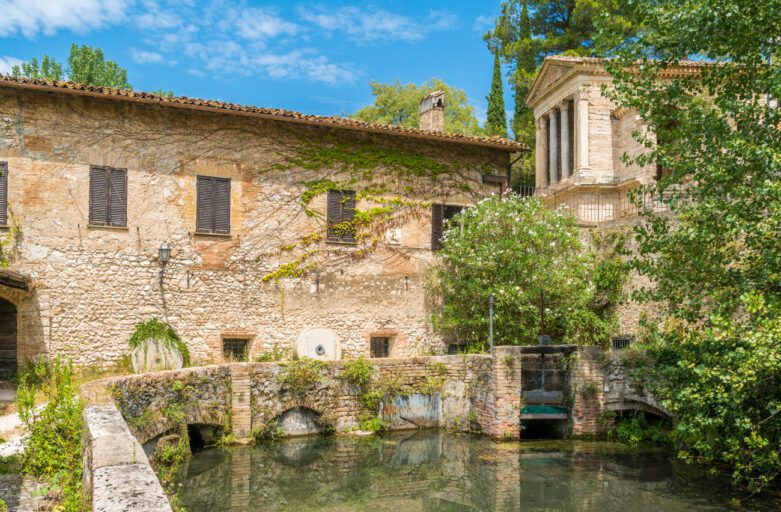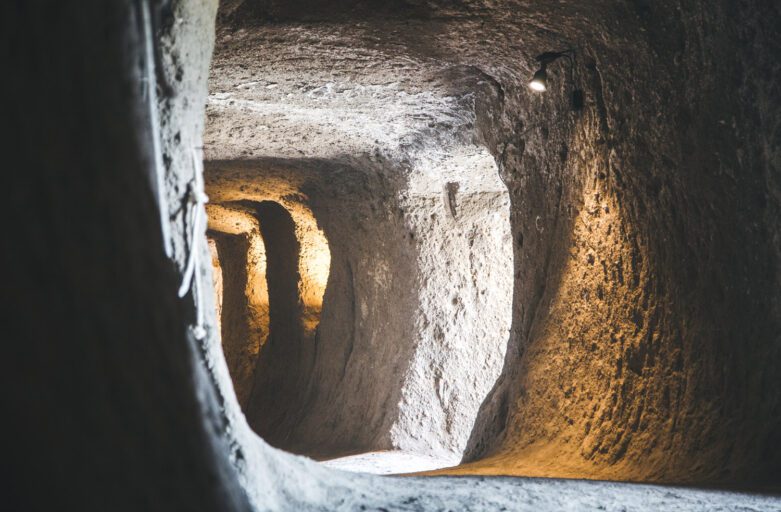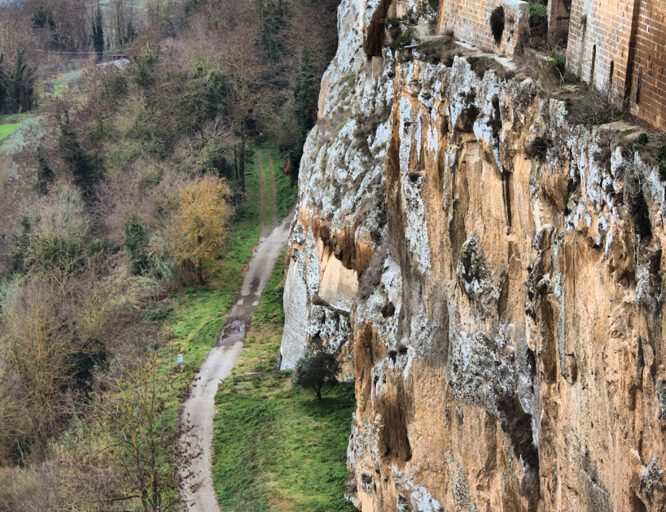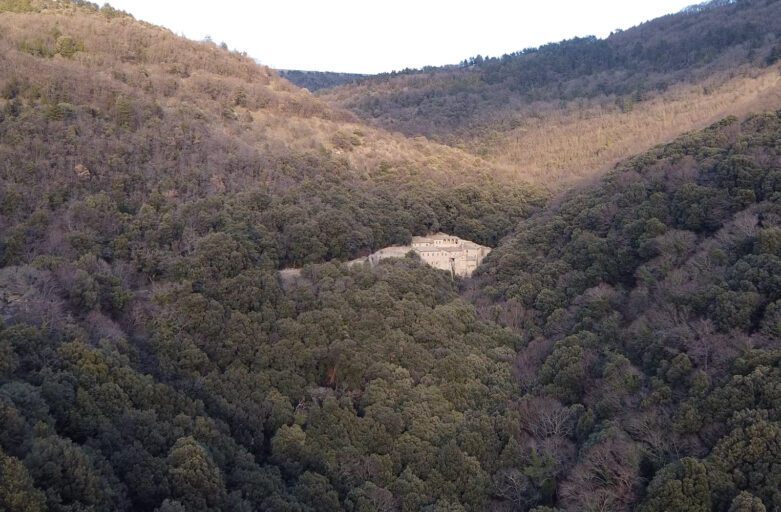The River Nera is a watercourse that, for 116 km, flows through central Italy, touching three regions: Marche, Umbria and Lazio. The river basin occupies
Tag: NATURE
La Scarzuola: from the hut of Saint Francis to the ideal city
La Scarzuola is a rural place located in the site of Montegiove, in the municipality of Montegabbione, a little fortified village in the province of
The Plain of Castelluccio di Norcia: morphology of the Flowering plain
The Plain of Castelluccio di Norcia is a vast area surrounded by the Sibillini Mountains between Umbria and Marche, located at about 1350 metres above
The Springs of Clitunno, and the Little Temple
“Now everything is silent”: The Little Temple In 1876 an Italian poet, Giosue Carducci, wrote a famous poem called Alle fonti del Clitunno, “At the Springs of Clitunno” (River). It dealt precisely with this site, that is now part of the UNESCO World Heritage List.
Orvieto Underground
The Hollow below the Town Orvieto lies on top of a huge rock of volcanic origin, made of tuff and pozzolana. Visitors cannot but be charmed by this plateau, called la Rupe (the Cliff), that rises and dominates the valley all around, with its woods and vines.
Hiking on the Orvieto Cliff Ring
Hiking on the Orvieto Cliff Ring Introducing the Tour: The Cliff Ring The town of Orvieto can answer very many kinds of interests: art, culture, food, ancient history, and even – Nature and sport!
The Hermitage of Carceri in Assisi
From Grotto to Shrine The architectural complex called “Hermitage of Carceri” started and developed around a grotto in which Saint Francis of Assisi used to retreat in order to pray.
